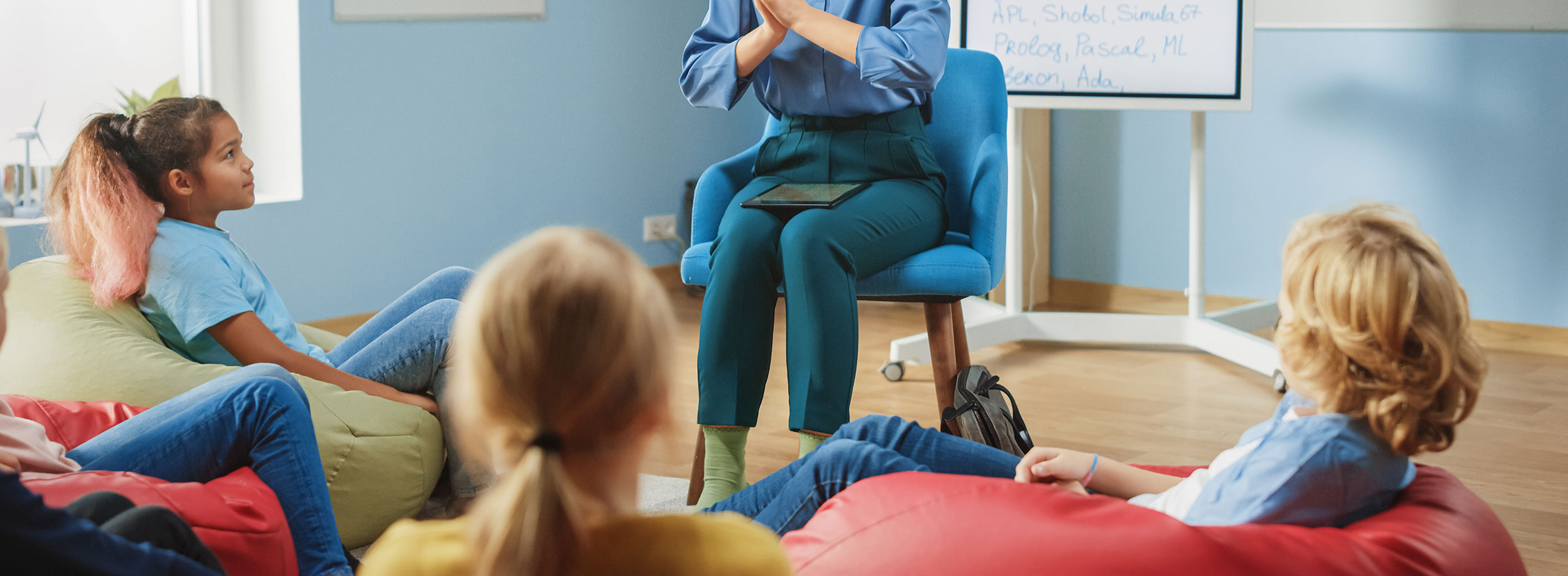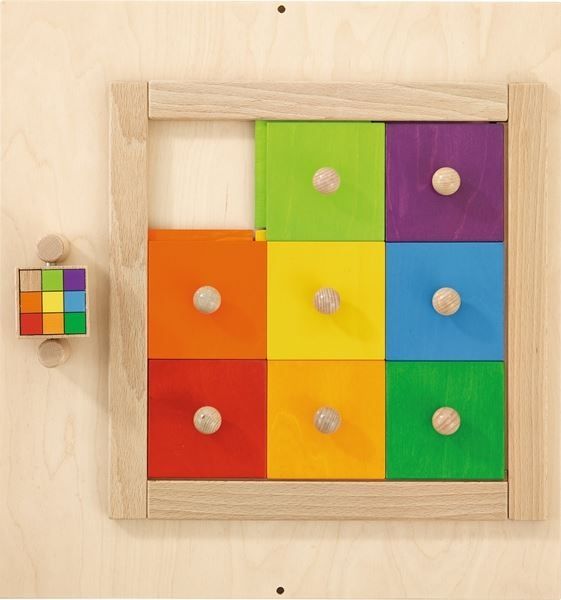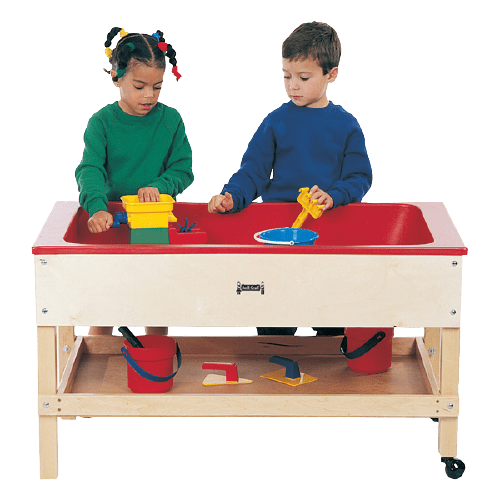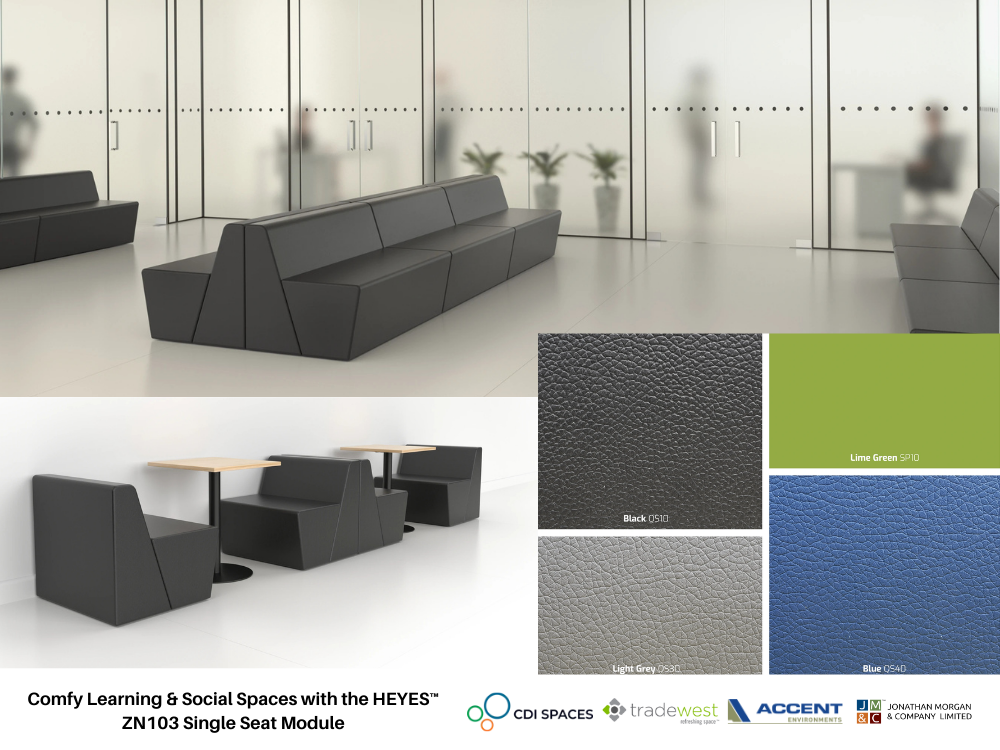Blog

As our world continues to get busier and more stimulating, it’s no surprise that students can struggle with focus and engagement in the classroom. Whether it’s the constant stimulation from technology, a noisy classroom environment, or simply the natural energy that kids bring to school, finding ways to keep students engaged and attentive is key to their success. Fortunately, a growing trend in schools is proving to be a game changer: sensory furniture
While it might sound like just another buzzword, sensory furniture is based on solid research and has shown remarkable results in improving student focus and engagement. So, what exactly is sensory furniture, and how can it help students thrive in the classroom?
What is Sensory Furniture?
Sensory furniture refers to specialized classroom furniture designed to cater to the sensory needs of students, especially those with ADHD, autism, or sensory processing disorders. But even students without these specific conditions can benefit from the flexibility and movement that sensory furniture provides.
Items like wobble chairs, standing desks, bean bag chairs, and fidget-friendly desks give students an outlet for their energy, allowing them to focus better during lessons. These pieces of furniture are designed with movement and sensory input in mind, helping students stay engaged without feeling restless or distracted.
Why Sensory Furniture Matters
Students aren’t all the same, and they don’t all learn the same way. Some kids need to move in order to focus, while others require a quiet space where they can feel calm and grounded. Sensory furniture acknowledges this diversity in learning styles and sensory needs. When we create an environment that allows for movement and tactile stimulation, we set students up for success.
The idea isn’t just to provide comfort—sensory furniture is about giving students the tools they need to stay engaged with their learning. According to research, movement can actually improve cognitive function. One study found that students with ADHD who were allowed to move during tasks performed significantly better than those who were required to sit still.
This approach challenges the traditional classroom model of desks arranged in rows, where students are expected to remain seated and still for long periods. Instead, sensory-friendly classrooms provide opportunities for movement, flexibility, and sensory input, which helps create a more inclusive and engaging learning environment.

How Sensory Furniture Boosts Focus
One of the biggest benefits of sensory furniture is its ability to help students focus. We’ve all seen students fidgeting in their seats, tapping their feet, or getting up frequently during lessons. For some students, these behaviors aren’t a sign of distraction—they’re actually coping mechanisms to help them stay focused.
Wobble chairs, for example, allow students to gently rock or move in their seats without disrupting the class. This small movement provides the sensory input that some students need to concentrate. Similarly, standing desks give students the freedom to shift their weight or move around while staying engaged in the lesson.
Research supports the idea that sensory input can improve attention. A study published in The Journal of Abnormal Child Psychology found that physical activity, like fidgeting or moving in a chair, helps children with ADHD focus better on cognitive tasks. Sensory furniture taps into this principle by providing the right amount of movement and stimulation to keep students attentive.
Increasing Engagement Through Sensory-Friendly Spaces
Engagement goes hand in hand with focus, and sensory furniture plays a big role in keeping students actively involved in their learning. When students feel comfortable and their sensory needs are met, they’re more likely to participate in class discussions, group projects, and interactive activities.
Standing desks and flexible seating options, like bean bags or floor cushions, create a more dynamic classroom environment. Instead of sitting in the same spot for hours, students can choose different seating options based on their preferences and the type of activity they’re working on. This freedom helps them feel more engaged and motivated to learn.
Teachers who have introduced sensory furniture into their classrooms often report a noticeable improvement in student engagement. One teacher shared that after adding wobble stools and standing desks, her students became more involved in discussions and were more eager to participate in hands-on activities.
Sensory furniture also promotes a sense of inclusion. Students who might struggle with traditional seating arrangements no longer feel left out or “different” because they can choose the furniture that works best for them. When every student feels comfortable and included, the entire class benefits from a more collaborative and engaged atmosphere.


The Impact on Behavior and Classroom Management
Another significant benefit of sensory furniture is its positive impact on behavior. Classroom management is often one of the toughest challenges for teachers, and disruptive behavior can derail an entire lesson. However, when students’ sensory needs are met, they tend to be less fidgety, less anxious, and more focused on their work.
For students with ADHD or sensory processing challenges, the constant need to move or seek sensory input can lead to behavioral issues if they aren’t able to fulfill those needs in a positive way. Sensory furniture gives them a healthy outlet, which can reduce instances of disruptive behavior.
In one case study, a classroom that incorporated sensory furniture saw a significant reduction in behavioral issues. Students who were previously considered “disruptive” were able to manage their energy and focus better, leading to fewer interruptions and a calmer learning environment.
Teachers also report that sensory furniture helps create a more positive classroom culture. When students have the tools to self-regulate, they’re more likely to take responsibility for their own learning and behavior, which reduces the need for constant redirection from the teacher.
Practical Tips for Implementing Sensory Furniture in Schools
If you’re an educator or administrator considering sensory furniture for your school, here are a few tips to get started:
- Start Small: You don’t need to completely overhaul your classroom furniture. Begin by introducing a few sensory-friendly options like wobble stools or a standing desk and observe how your students respond.
- Involve Students: Let students choose the seating options that work best for them. Giving them a choice helps them feel more invested in their learning environment.
- Create a Flexible Space: Set up different areas in your classroom with various seating options. Some students may prefer quiet corners with bean bags, while others might thrive at standing desks or wobble chairs.
- Educate Parents and Staff: Share the benefits of sensory furniture with parents and other staff members. It’s important for everyone to understand that sensory furniture isn’t just about comfort—it’s a tool for improving focus and engagement.


Sensory furniture is more than just a classroom trend—it’s a powerful tool that can help students focus, engage, and succeed in their learning. By meeting students’ sensory needs, schools can create an environment that fosters better concentration, participation, and behavior.
As classrooms continue to evolve to meet the diverse needs of today’s students, sensory furniture is proving to be an essential piece of the puzzle. Whether it’s a wobble chair, standing desk, or fidget tool, these sensory-friendly solutions offer a simple yet effective way to boost focus and engagement for students of all abilities.
If you would like a quote or wish to discuss your sensory furniture needs further with us, please reach out here




